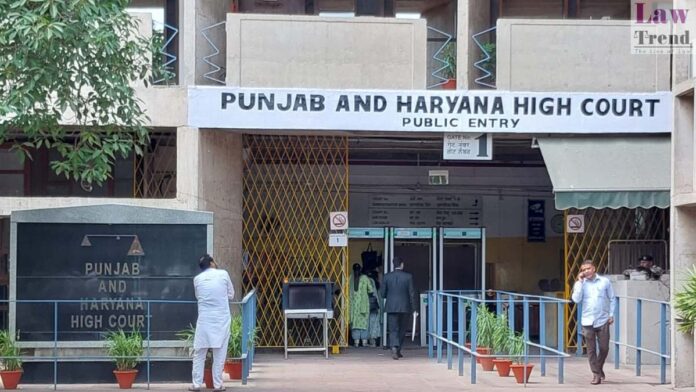In a significant move aimed at safeguarding communities along riverbanks, the Punjab and Haryana High Court has mandated the Haryana government to formulate comprehensive disaster management plans. The directive, issued by the bench comprising Justice Sureshwar Thakur and Justice Vikas Suri, calls for the engagement of expert teams to develop these strategies.
The court’s decision emphasizes the necessity of adequate funding for the implementation of these plans, suggesting that the state could levy a “reasonable cess” on residents for constructing robust concrete bundhs. These barriers are intended to significantly reduce the risk of flooding, particularly during the monsoon season when rivers are prone to swelling.
Further instructions from the court include the creation of diversions upstream in sparsely populated areas to manage and mitigate the volume of water during heavy rains. The state has been given a two-month deadline to implement these measures and ensure that the necessary infrastructure is in place before the onset of the monsoon, utilizing funds from both state and central schemes.
This ruling came while the court was addressing a plea by Maharishi Markandeshwar Developers Private Ltd, which challenged a 2013 notification affecting their developmental plans in Ambala. The notification had reclassified land from ‘residential’ to ‘agricultural’, thereby restricting the developer’s ability to construct a residential colony on the land along the Tangri River. The court not only quashed this notification but also permitted the development, contingent on adherence to scientific recommendations.
Experts involved in the case have advised that a minimum river width of 185 meters be maintained before any construction of bundhs, and that the safety of nearby road bridges be ensured. The court underscored that such measures are crucial to uphold the constitutional right to life as enshrined in Article 21, ensuring that future residents along these riverbanks are not adversely affected by natural disasters.




